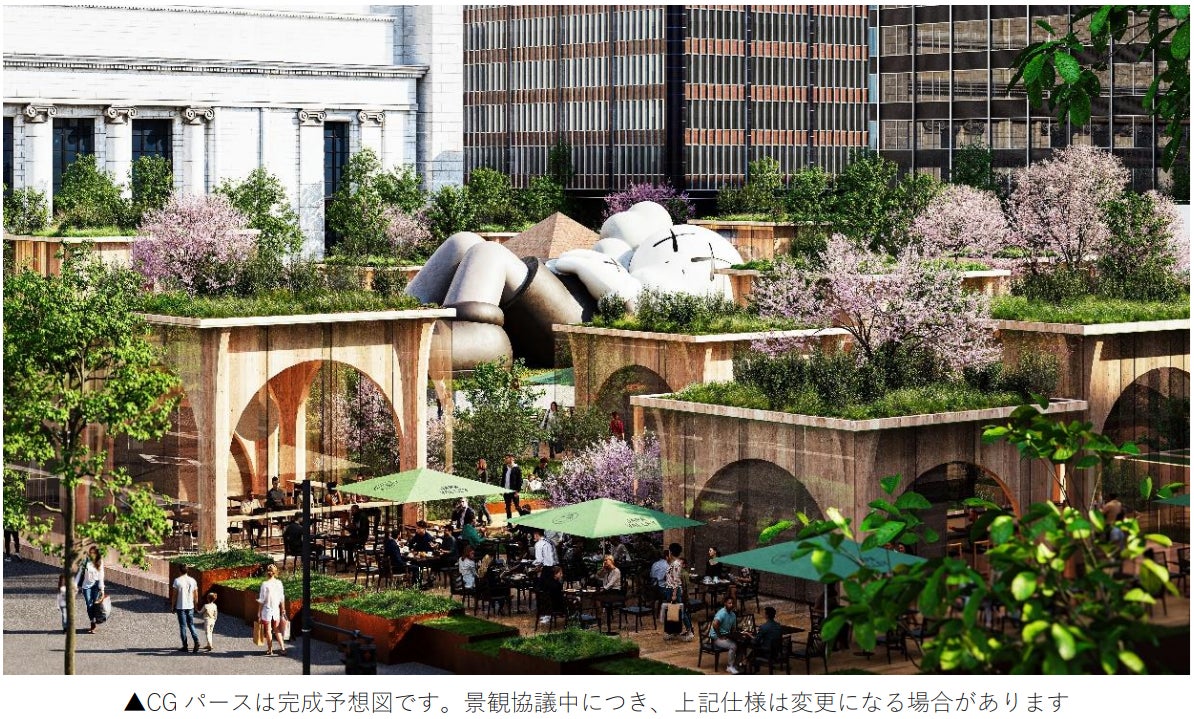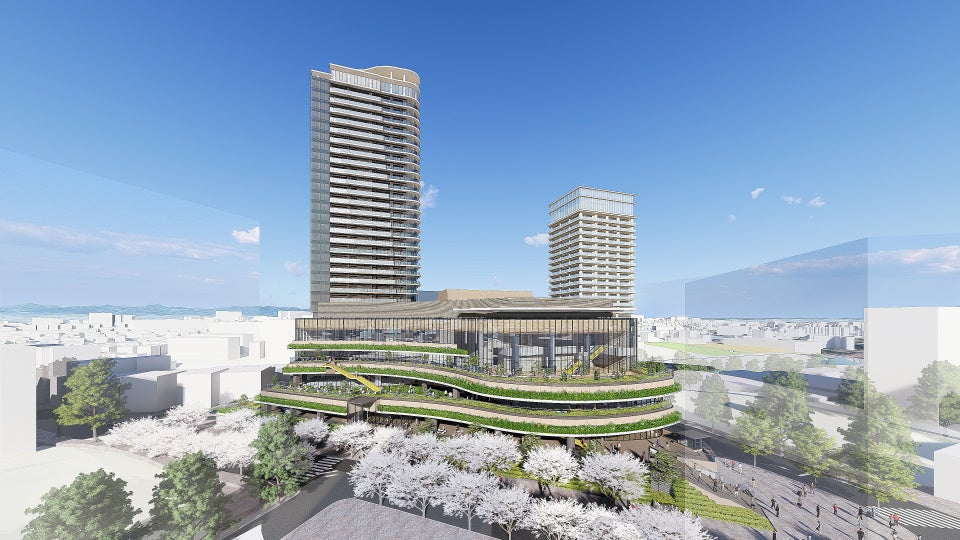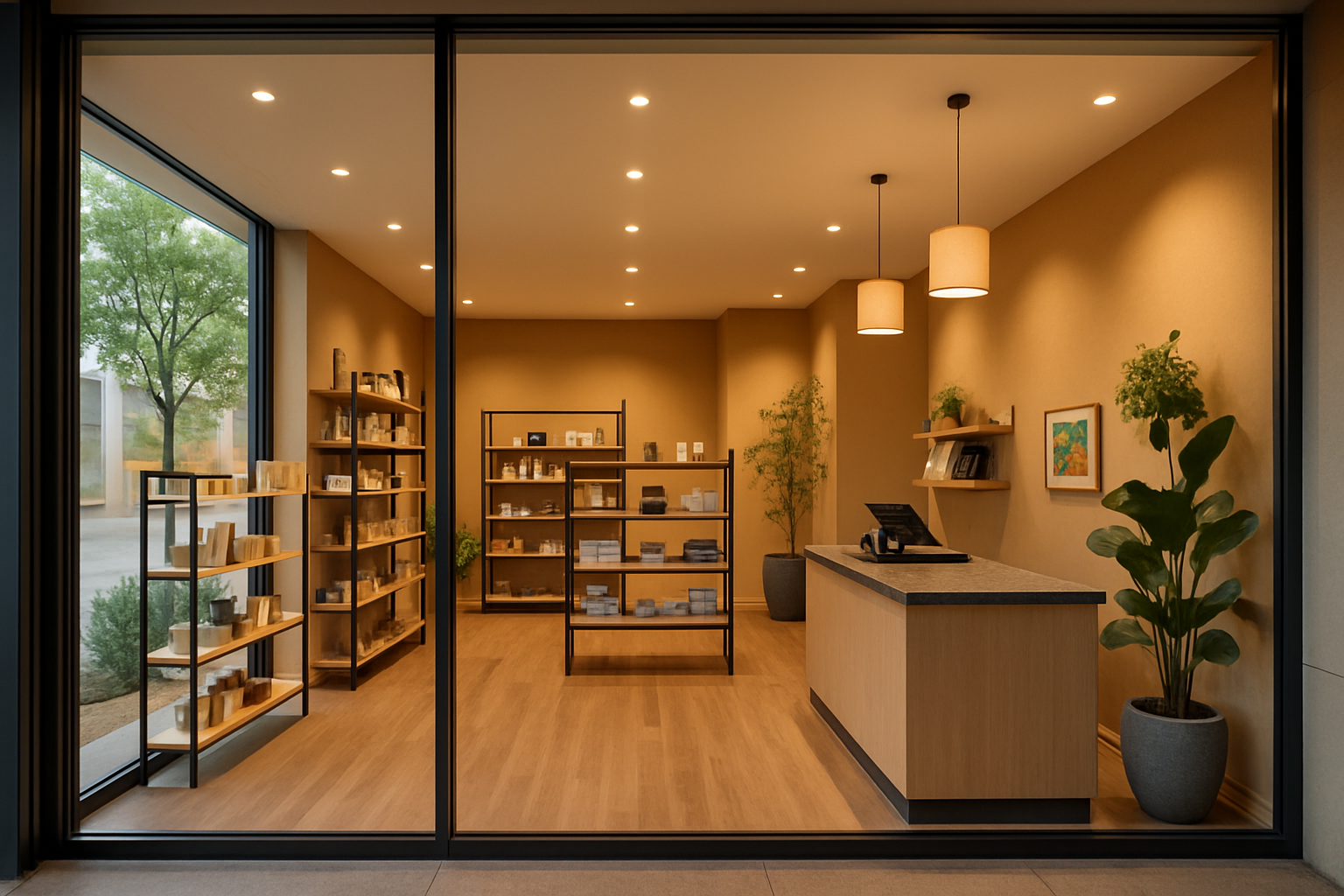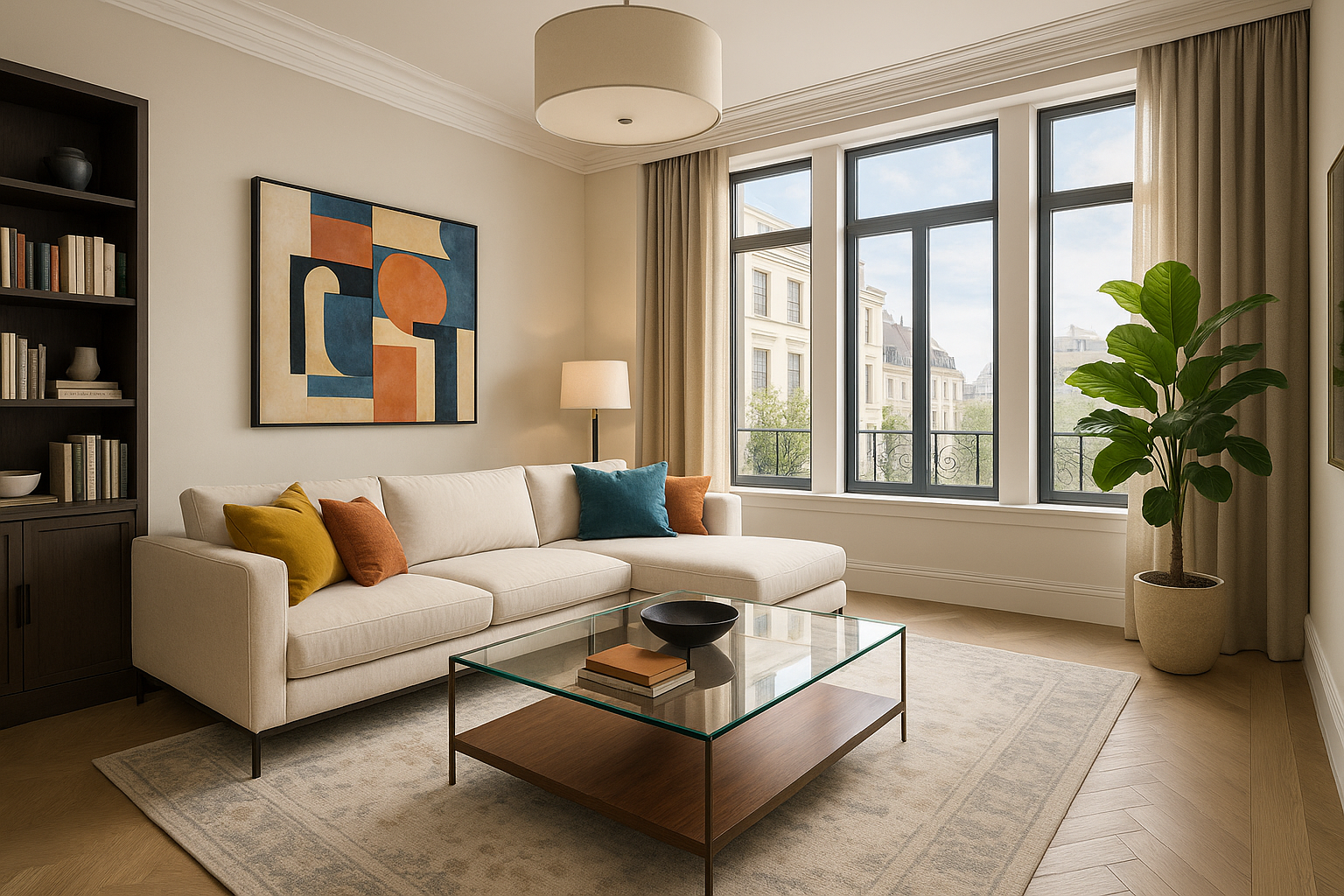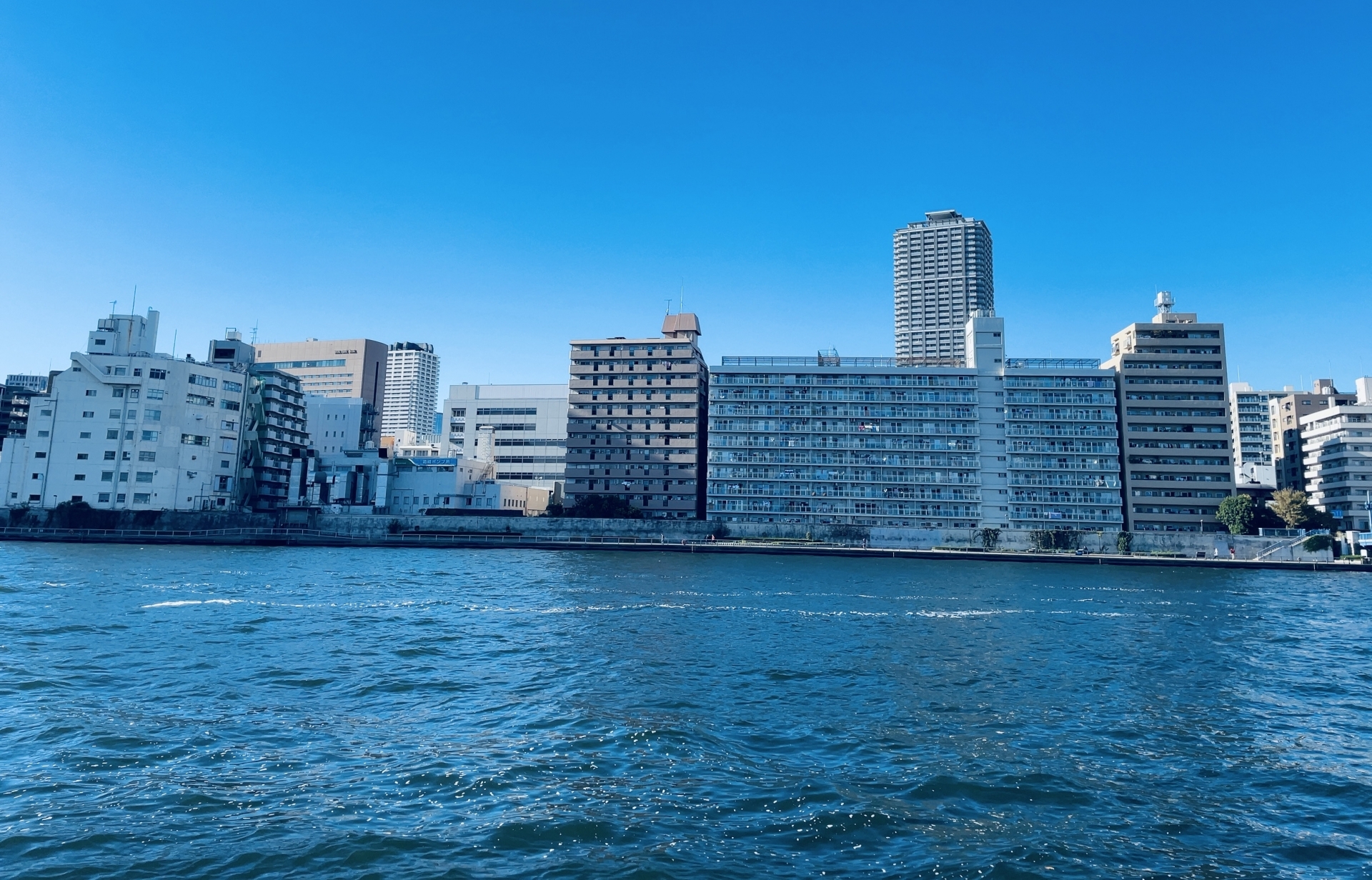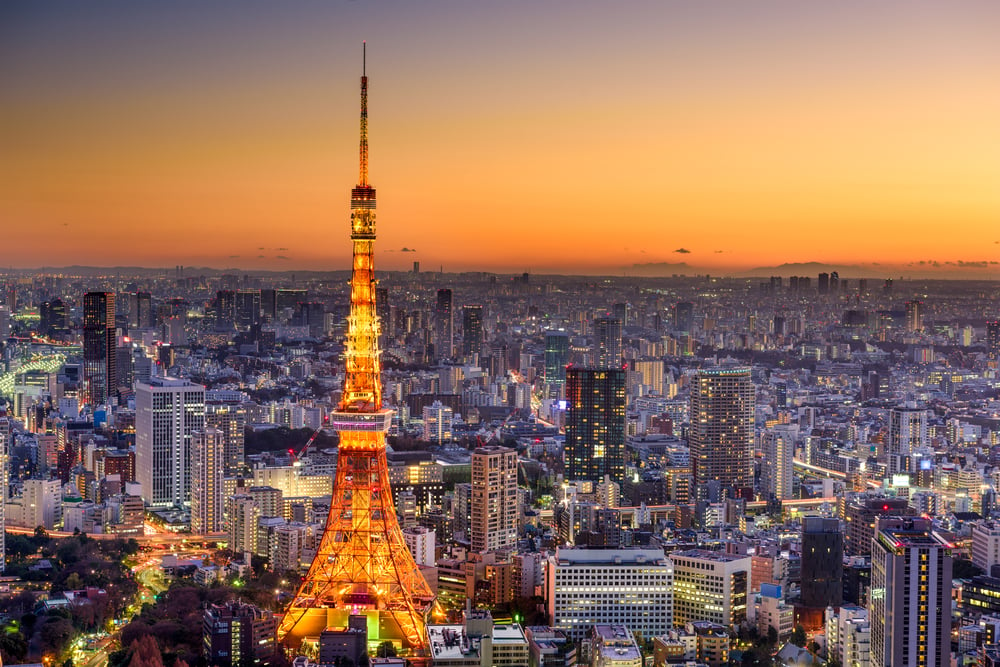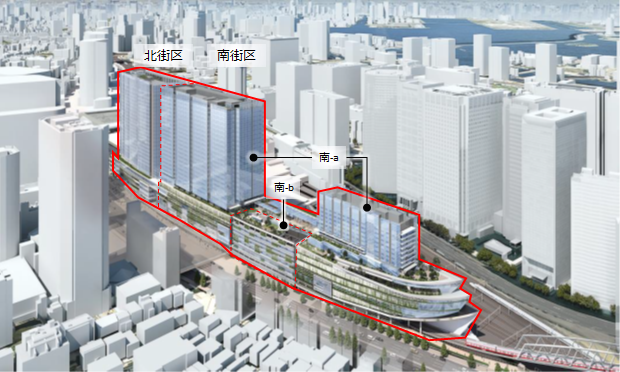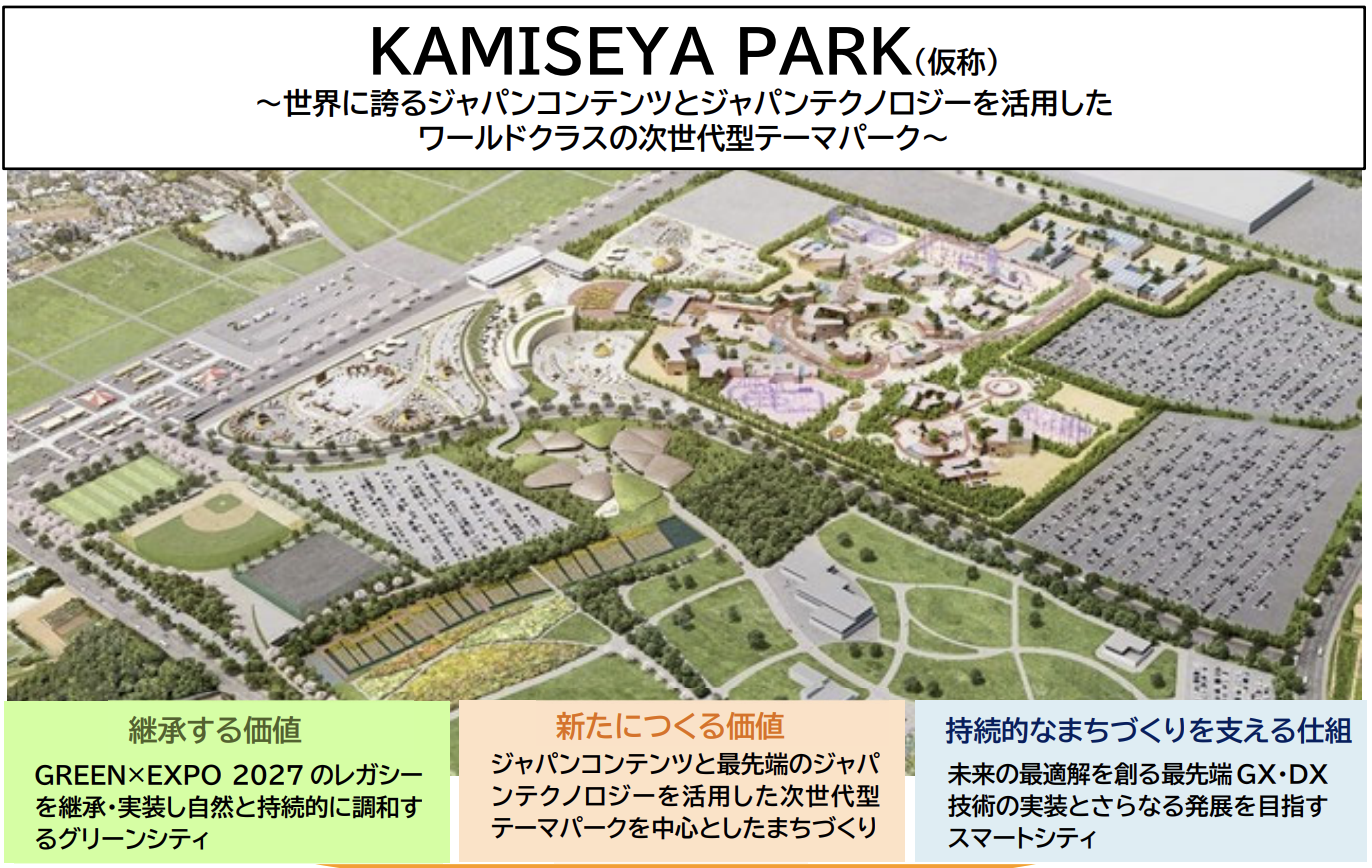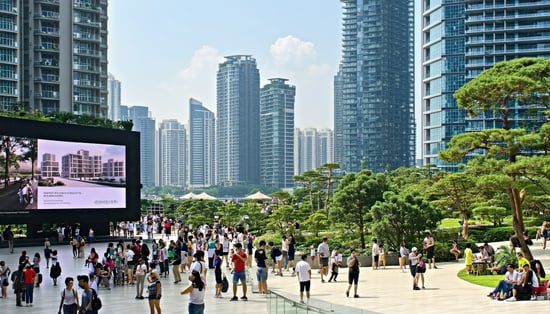
OIMACHI TRACKS, a project by the JR East Group, will go beyond a simple redevelopment project to become a symbol of future-oriented urban development in Oimachi, Tokyo. The project is expected to open in March 2026, and is attracting attention as a new place for value creation that will maximize the potential of people and communities. This report provides an overview of the project and its value creation, and discusses regional revitalization and sustainable urban development from the perspective of value creation.
What OIMACHI TRACKS Aims to Achieve
The name "OIMACHI TRACKS" is derived from the railroad car factory and tracks (TRACKS) that have existed in this area since the Taisho era. With this historical background, the site that has accompanied the development of the region will be reborn as a base for creating new value.
This project, which is positioned as an important pillar of the JR East Group's "Greater Shinagawa Area" concept, aims not only to build a building, but also to create a place where people can interact and flow, and "co-create" new values for urban life.
Overview of the Project

The OIMACHI TRACKS development area spans approximately 29,400 m2 and consists primarily of two high-rise towers and a vast plaza space.
-
OIMACHI TRACKS BUSINESS TOWER (office tower):
- Large-scale office building with 26 floors above ground and 3 basement levels, approximately 115 meters high
- One of the largest pillarless large-space office floors in Tokyo with a standard floor rental area of approximately 5,000m2.
- TOHO Cinemas Oimachi (tentative name) on the lower floors (2F to 5F)
- Makita General Hospital Medical Checkup Center on the 5th floor
-
OIMACHI TRACKS HOTEL & RESIDENCE TOWER (hotel and residential tower):
- Composite tower with 40 floors above ground and 3 floors below ground, approximately 122 meters high
- HOTEL METROPOLITAN OIMACHI TRACKS TOKYO (285 rooms) on floors 6-13
- OIMACHI TRACKS RESIDENCE (194 units) and SOHO (20 units) on floors 14-25
- OAKWOOD OIMACHI TRACKS TOKYO (78 units) on the 15th to 17th floors
- Spa and sauna facilities on the 4th floor
-
Public space:
- TRACKS PARK: A large open space of approximately 4,600 m2 (also functions as a wide-area evacuation site).
- STATION PLAZA: A plaza located in front of the station
- CROSS PLAZA: A plaza located between the office tower and the hotel/residential tower
-
Commercial facilities:
- Approximately 80 stores on the 1st to 5th floors facing the pedestrian deck and plaza space
- Out-mall commercial space with restaurants, lifestyle stores, wellness facilities, etc.
A new trend in urban development that enriches people and society
What is the essential value in real estate development? It is not merely the construction of buildings, but the enrichment of the lives and activities of the people who gather there, and the creation of a sustainable social infrastructure. OIMACHI TRACKS" is a project that embodies this philosophy.
Spatial Design to Create Local Connections
A multi-layered pedestrian deck connecting the area from Oimachi Station to the Shinagawa Central Park and a passageway connecting the development area to the south under the elevated Tokyu Oimachi Line enhance the community's circulation. This is not simply a matter of securing flow lines; it is an expression of a design concept that promotes natural interaction among people and a sense of community unity.
Creating places for people to come and go, gather, and engage in activities is directly related to the revitalization of the local community. Square spaces and out-mall commercial facilities are not just places that provide products and services, but also places of "co-creation" where people interact and new values and culture are born.
A sincere commitment to sustainability
OIMACHI TRACKS deserves attention for its progressive approach to the environment and disaster prevention. The city's goal of achieving "virtually zero" CO2 emissions through carbon offsetting by procuring environmental values is a model for future urban development.
The building also actively contributes to strengthening local disaster preparedness through TRACKS PARK, which serves as a wide-area evacuation site in the event of a disaster, and by providing space within the building for approximately 3,000 people who have difficulty returning home.
Value Creation with People at the Center
OIMACHI TRACKS is notable for its design, which integrates a variety of functions in a complex, yet interrelates with each other to create new value. By organically linking different functions such as offices, hotels, residences, commercial facilities, movie theaters, medical facilities, and spas, a vibrant 24-hour venue is created.
This is a spatial realization of the "work-life balance" demanded by modern society. The proximity of places to work, live, and relax enhances people's quality of life and provides temporal and spiritual enrichment.
Ripple Effects on the Local Economy and Value Co-Creation
The true value of real estate development lies in the economic and social ripple effects after completion. The opening of OIMACHI TRACKS will bring new liveliness to the entire Oimachi area and contribute to the enhancement of the value of the surrounding community.
Of particular note is the fact that this development will not be a stand-alone completion, but will emphasize collaboration with the surrounding area. While building cooperative relationships with Shinagawa Ward and local businesses, we are promoting urban development with an eye toward the development of the entire area.
The opening of TOHO Cinemas will be the first full-scale movie theater in Shinagawa Ward, bringing new value to the area from a cultural perspective. The enhancement of these cultural and entertainment facilities will enhance the attractiveness of the area and promote diversity among visitors.
The Importance of a Long-Term Perspective Looking to the Future
A good real estate development must not only be profitable in the short term, but also sustainable for the next 50 to 100 years. OIMACHI TRACKS has a design philosophy that meets the needs of the present while flexibly adapting to future changes.
For example, the business tower's seismic damping structure and power supply from multiple substations, along with its high disaster prevention performance and functional sustainability, will provide a secure environment for future use. In addition, environmental sustainability is taken into consideration, as evidenced by the building's efforts to obtain the CASBEE S-rank environmental certification.
Such development from a long-term perspective is a sign of a management philosophy that aims for sustainable value creation rather than the pursuit of short-term profit, and should be highly regarded.
Conclusion
OIMACHI TRACKS is not just a group of buildings, but a "place of value creation" that will enrich people's lives and activities and contribute to the development of the entire community. We, INA, are also in the real estate business.
As real estate professionals, we at INA are eager to learn from this kind of progressive development and pursue value creation with people at the center. We will keep an eye on the challenges and achievements of OIMACHI TRACKS, and we ourselves will contribute to the realization of a sustainable society.
Buildings are built, but it is the activities of the people who gather there that create true value. Just as "human resources" are a company's greatest asset, we must not forget the viewpoint that "people" are at the heart of urban development.

Daisuke Inazawa
Representative Director of INA&Associates Inc. Based in Osaka, Tokyo, and Kanagawa, he is engaged in real estate sales, leasing, and management. He provides services based on his extensive experience in the real estate industry. Based on the philosophy that “human resources are a company's most important asset,” he places great importance on human resource development. He continues to take on the challenge of creating sustainable corporate value.

.png)

